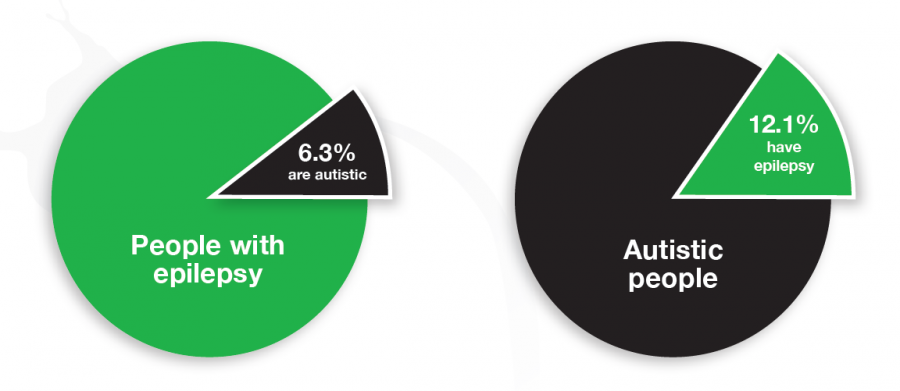Autism and Epilepsy
What is autism?
Autism affects the way people perceive and interact with the world around them. Autism is a lifelong developmental condition associated with sensory sensitivities and social communication differences.
Autism presents differently across individuals. Some people are able to learn, live and work independently, while many have learning differences or co-occurring health conditions that require specialist support.
About 1 in 100 people are autistic. The prevalence of epilepsy in autistic people is higher than in non-autistic people.
What is epilepsy?
Epilepsy - one of the most common serious neurological conditions – is a brain disorder characterised by seizures that are brought on by excessive electrical activity. There are over 40 different types of epilepsy, and no two people’s experiences of the condition are the same. Epilepsy can affect anyone, at any age and from any walk of life.
Around 1 in 103 people have an epilepsy diagnosis in the UK. Epilepsy often co-occurs with other conditions, such as autism and learning disabilities, which can severely affect quality of life.
Having epilepsy and autism
The prevalence of epilepsy in autistic people is higher than in people without autism. Equally, people with epilepsy have a higher prevalence of autism than people without epilepsy

